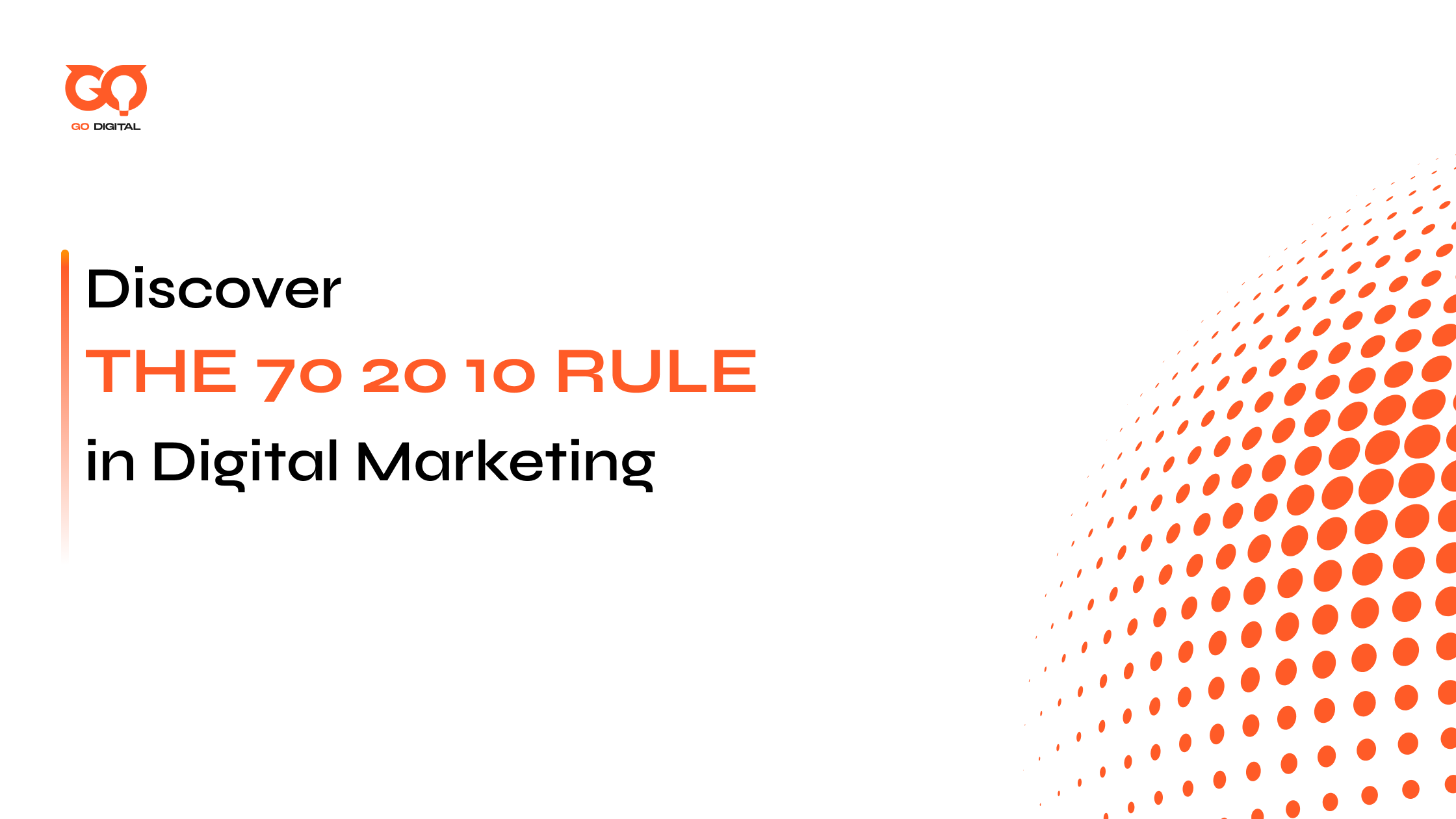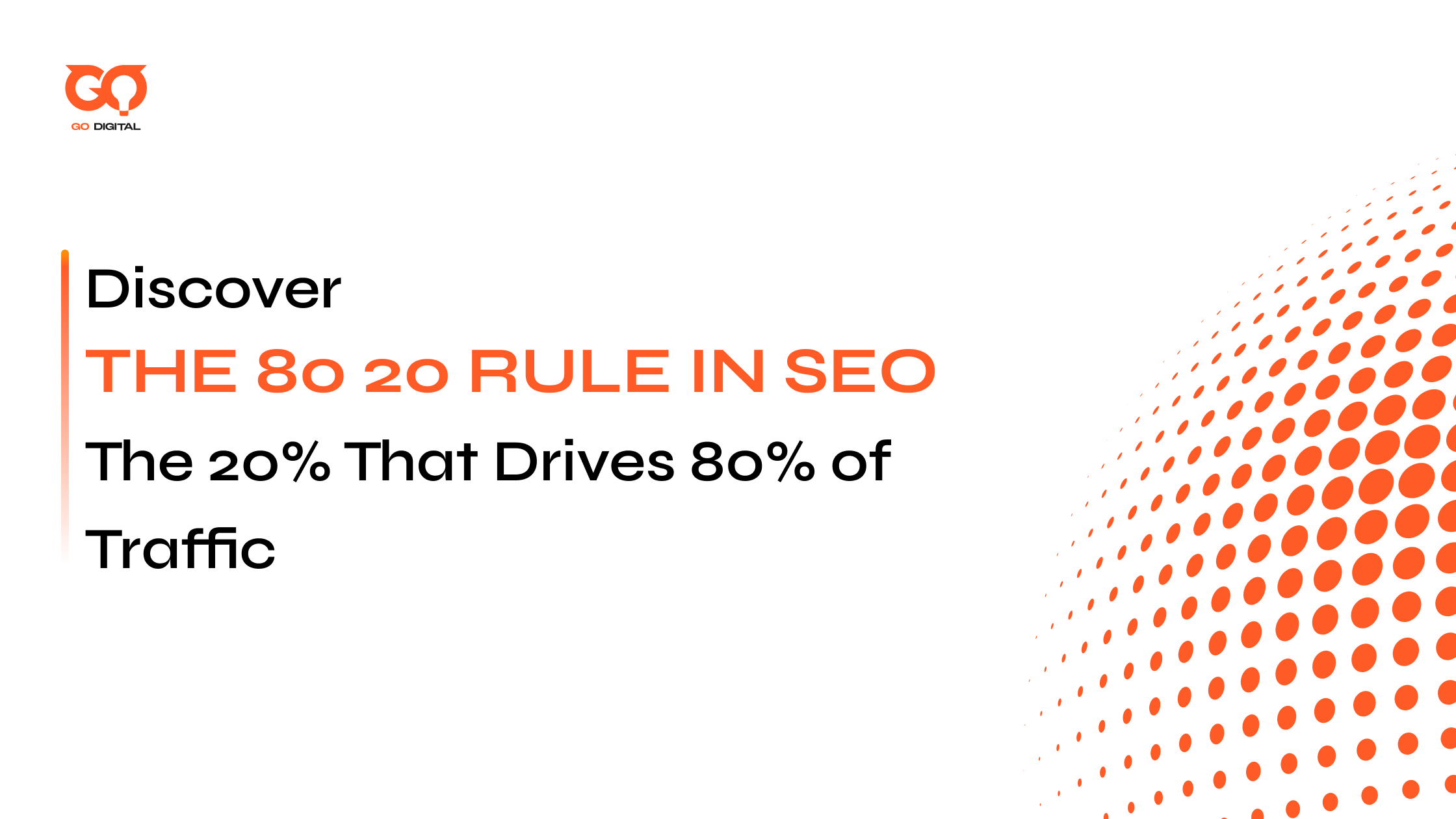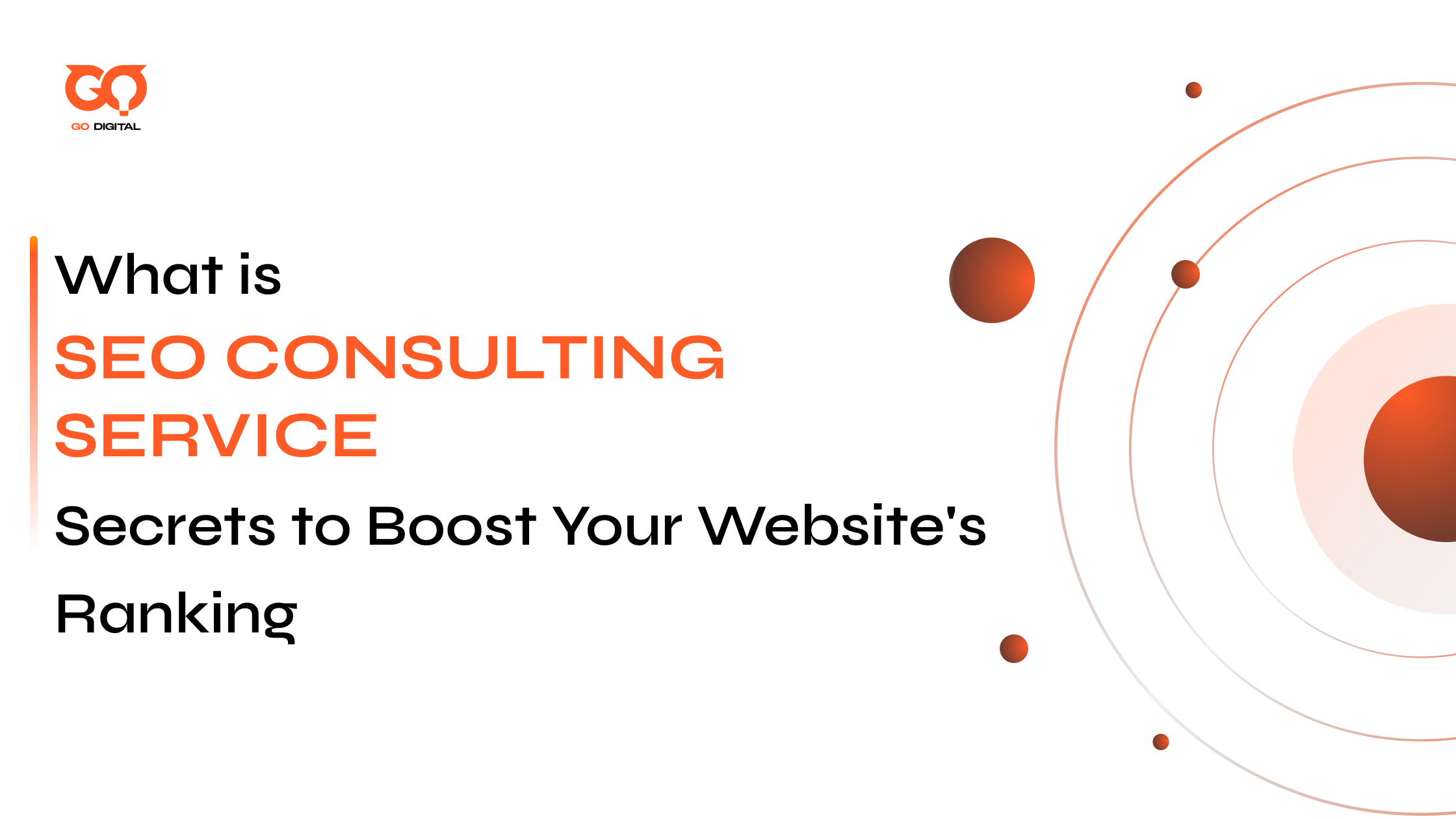Think of SEO like planting a tree. You water it, take care of it, and wait for it to grow. But the question everyone asks is: “When will I get fruit?”
Predicting SEO results works the same way. You can’t know the exact day, but you can make educated guesses based on data, history, and market trends.
In this article, I’ll break down How do you predict SEO results, use historical data to predict results, and share how to communicate forecasts in a way that makes sense to non-SEO stakeholders.
Key takeaway:
|
SEO Forecasting 101: What It Is and Why It Matters
So, what exactly is SEO forecasting?
In simple terms, SEO forecasting is the process of predicting how much traffic, leads, or revenue your SEO strategy could generate in the future. It’s a data-driven way of answering the big question: “If I invest in SEO today, what might I get tomorrow?”
In short: forecasting turns SEO from “hope marketing” into planned marketing.
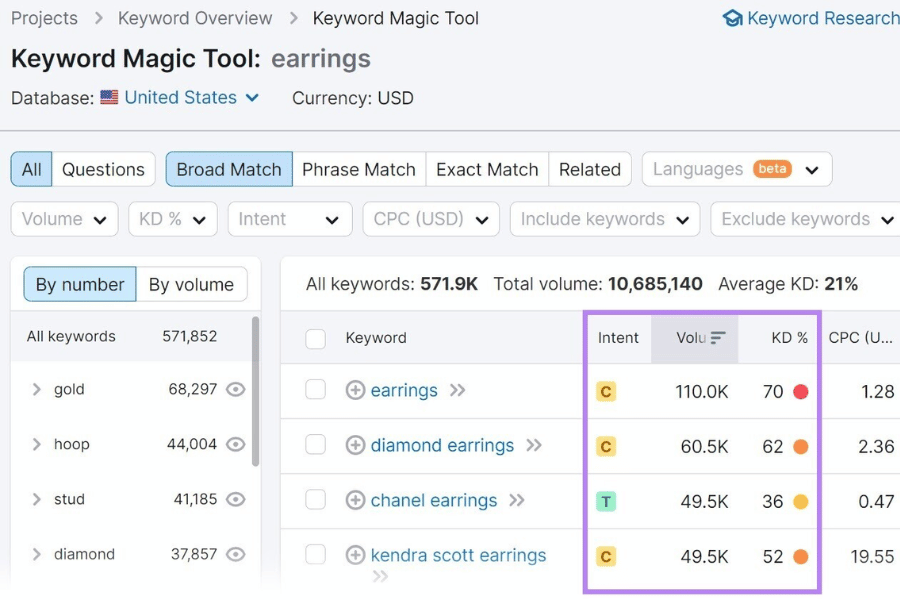
SEO forecasting basics and importance
Why does this matter? Because SEO takes time. According to Ahrefs, the average top-ranking page is over 2 years old, and only 5.7% of pages reach Google’s top 10 within a year. Without forecasting, you’d be running in the dark, not knowing how much traffic growth is possible or how long it may take.
So, a forecast helps you:
- Setting Realistic Expectations: Show clients and stakeholders what’s possible and what isn’t – so we’re all on the same page.
- Securing a Budget: When you can show a potential return, it’s much easier to justify investing in content, technical fixes, and link building. For example, I might forecast that a content strategy targeting low-competition keywords could increase organic traffic by 15-20% in the first six months.
- Prioritizing Your Efforts: A good forecast can highlight which strategies will deliver the biggest wins, so you can focus on the right things first.
Forecasting SEO Traffic Using Keywords
One of the most straightforward methods of forecasting is keyword-based traffic prediction. Every keyword has three important factors: search volume, click-through rate (CTR), and ranking probability. By combining these factors, you can estimate potential traffic gains.
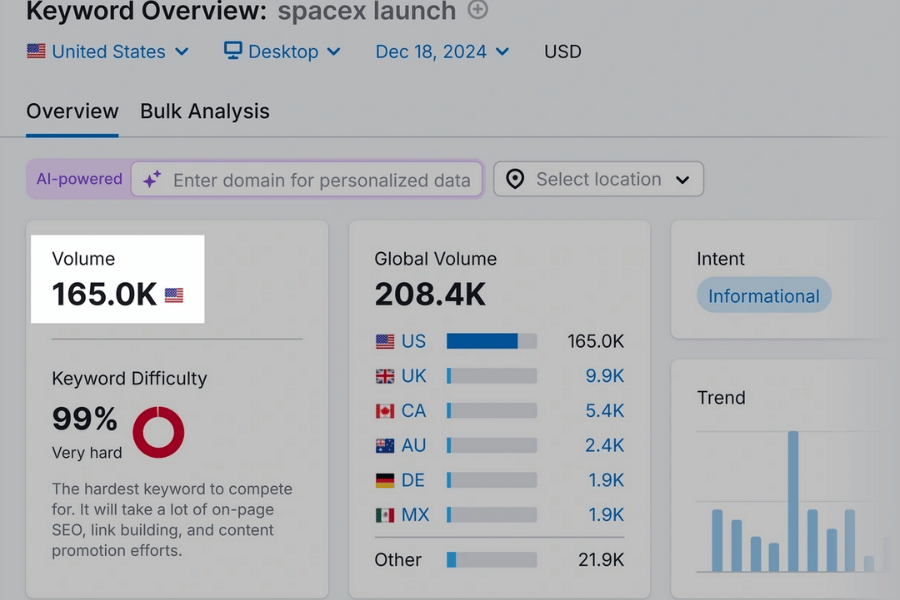
Estimating SEO traffic with keywords
How to estimate traffic potential for your target keywords
Let’s say you want to rank for “best project management software.” According to Semrush, this keyword gets around 27,000 searches per month. But not all of those clicks will land on your site.
Here’s the formula many SEO pros use:
| Estimated traffic = (Monthly search volume × Expected CTR × Conversion rate) |
For example:
- Monthly search volume: 27,000
- Expected CTR (click-through rate) if you hit position #3: ~12%
- Conversion rate (trial sign-ups): 3%
Your forecast: 27,000 × 12% × 3% = 97 new sign-ups/month if you hold that ranking.
This simple calculation helps you model ROI for SEO content.
Step-by-step guide to manual traffic forecasting
Here’s how I do it:
- Identify High-Value Keywords: List your target keywords and monthly search volumes. Make sure to analyze the search intent behind each keyword.
- Estimate Click-Through Rates (CTRs): Use industry benchmarks and own data to create a conservative estimate.
- Project Rankings and Traffic: Assign expected rankings based on competitiveness. Then, model different scenarios. For example, if I can move a keyword from page 2 to page 1, what does that mean for traffic?
Manual forecasting is good for learning, but it gets messy with hundreds of keywords. That’s where tools like Semrush, Ahrefs, and SEOmonitor come in. They can automatically:
- Pull traffic potential across thousands of keywords.
- Model different ranking scenarios (conservative vs. aggressive).
- Export dashboards that stakeholders understand.
How Do You Predict SEO Results From Your Past Data
While keyword research gives you a forward-looking view, the most accurate forecasts are built on what you’ve already achieved. This is my go-to method because it uses real data, not just industry averages.
Step 1: Export Your Google Search Console Data

Export data from Google Search Console
Head into Google Search Console (GSC) and export the last 12-16 months of performance data. Here how to do:
In GSC, go to Performance → Search results → Export data. Download at least the last 12 months so you can see trends over time.
Step 2: Import the CSV File Into the Spreadsheet
Next, open the CSV in Google Sheets or Excel. Then, you create a pivot table to get a clear, month-by-month view of total organic clicks and impressions.
This will give you a raw dataset of impressions, clicks, CTR, and average position.
Step 3: Review Your 12-Month Forecast Dashboard
Now, chart your clicks over the past year. Are they trending up, flat, or seasonal? If you’ve grown 10% month-over-month for the last six months, you can project that growth forward.
A simple linear forecast might look like:
- Current monthly traffic: 20,000
- Average monthly growth: 8%
- 12-month forecast: ~50,400 monthly clicks by next year.
Step 4: Adjust Growth Scenarios for Realistic Forecasting
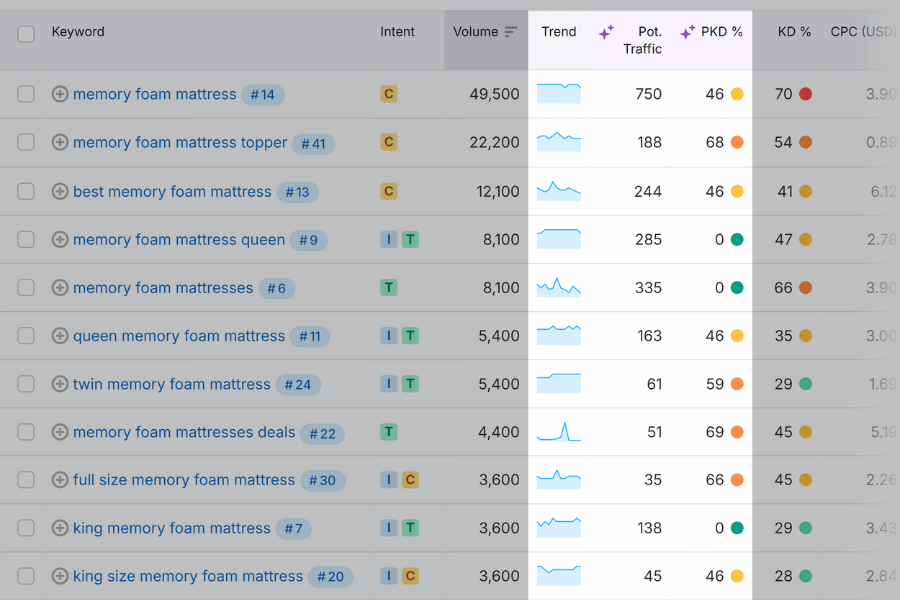
Set realistic SEO growth scenarios
This is the most critical step. A simple forecast isn’t enough. You should add different growth scenarios to the dashboard to show the potential impact of my SEO plan.
- Conservative: What if we only achieve a modest 5% monthly growth?
- Moderate: What if we hit a more ambitious 10% monthly growth?
- Aggressive: What if everything goes right, and we see 15-20% growth per month for a period?
This helps you answer the question “how do you predict SEO results” by showing that the outcome isn’t fixed. Instead, it’s directly tied to the level of effort and investment. It helps us plan for the best while being prepared for the worst.
Example:
- Conservative → 20,000 → 28,800 clicks in 12 months
- Aggressive → 20,000 → 62,000 clicks in 12 months
By modeling ranges, you avoid overpromising and give stakeholders a realistic spectrum.
Going Beyond Numbers: Understanding What Moves the Needle
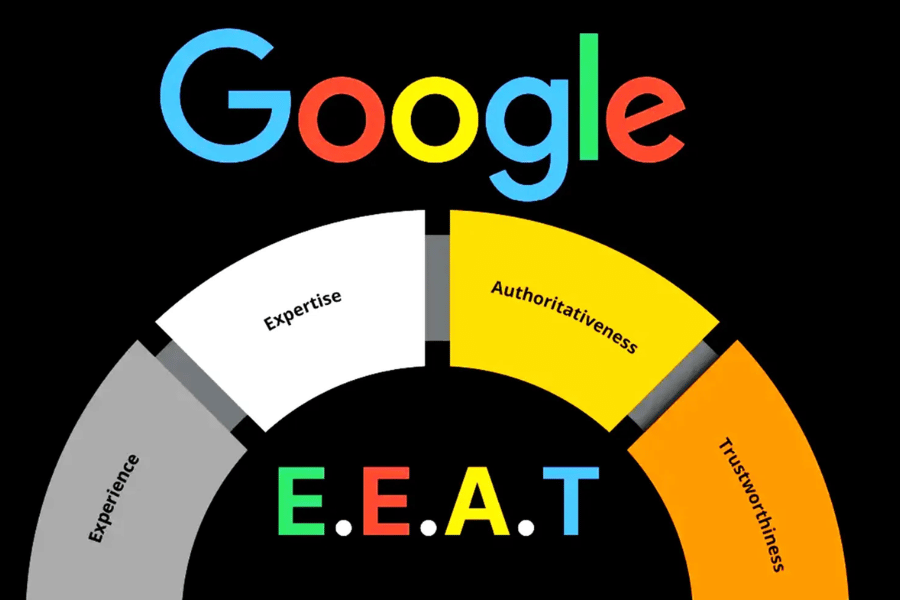
Understanding key factors that drive SEO success
Forecasting isn’t just about spreadsheets. It’s about understanding the factors that will actually drive the numbers. My forecast is only as good as the plan behind it. These are the things you should consider when building a realistic growth projection:
- The Power of E-E-A-T: I know that improving my site’s Experience, Expertise, Authoritativeness, and Trustworthiness is a huge factor in gaining rankings and traffic. I’ll include tasks like building author profiles or getting expert quotes in my plan.
- Technical SEO Improvements: Is the site fast? Is it mobile-friendly? Small technical improvements can have a big impact on rankings and user experience, which ultimately affects traffic.
- Competitive Analysis: If a competitor doubles their content budget, your forecasts need adjusting.
- Algorithm Updates: Google rolls out thousands of updates each year. One core update can shift your entire curve.
How to Share Your SEO Forecast in a Way Everyone Gets It
A forecast is useless if no one understands it. So, presenting the data clearly is just as important as the data itself.
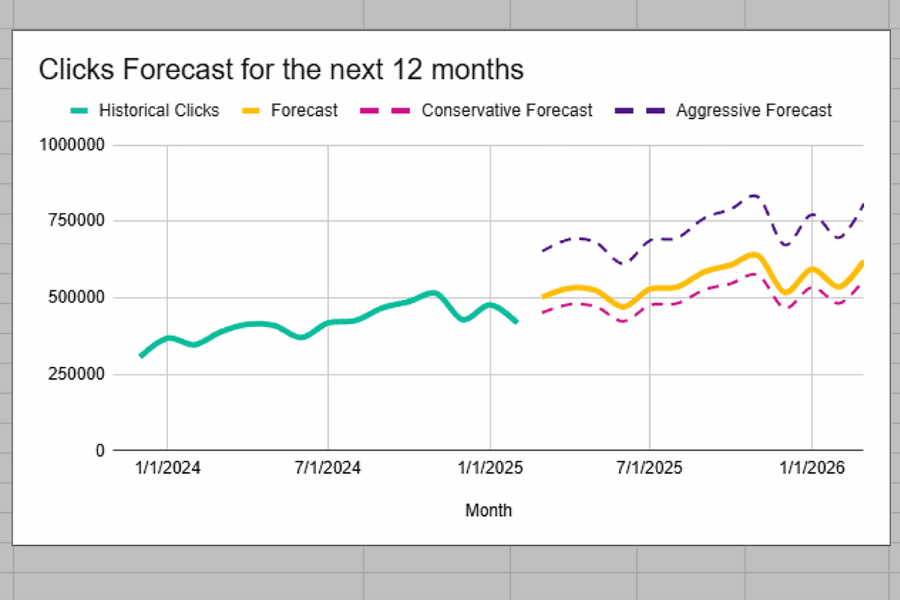
Sharing SEO forecast clearly with your team
Creating Clear and Simple Visuals
Don’t just show a spreadsheet with rows of numbers. Instead, using simple line graphs and bar charts to visualize the data: show past traffic vs. forecasted traffic, with the different growth scenarios clearly labeled.
This makes it instantly understandable to anyone, regardless of their SEO knowledge.
Framing Your Forecast Around Business Goals
Instead of saying “we’ll get 20k more clicks,” say: “we’ll generate an estimated 500 more leads per month.” Aligning with business goals makes it resonate.
Being Transparent About Your Forecasting Process
Explain your assumptions. For example: “This forecast assumes we can publish five high-quality articles per month and get two new backlinks.” This manages expectations and builds trust.
Integrating Your Forecast into Regular Reporting
A forecast isn’t a one-time thing. Making sure to include it in regular monthly or quarterly reports. This helps us track our progress, see where we’re on or off track, and make adjustments. It helps show that our SEO-optimized article structure and other efforts are truly paying off.
Keeping Your SEO Forecast Accurate and Up-to-Date
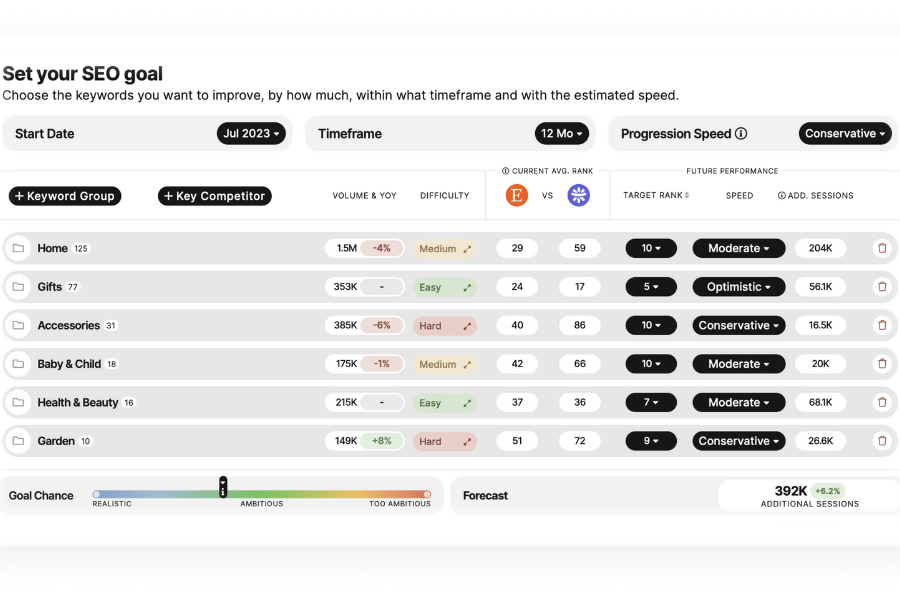
Keeping SEO forecasts accurate and updated
Forecasts aren’t “set it and forget it.” Here are some crucial things to keep your SEO forecast accurate. By staying agile and data-driven, you can ensure that your SEO strategy is always moving in the right direction.
- Checking your forecast vs. real results regularly: Compare your forecasted traffic with actual GSC data every month. This shows if you’re under or overperforming.
- Adjusting your numbers when things change: Did Google release a core update? Did you pause content production? Adjust your growth rate accordingly. Forecasts should reflect reality, not optimism.
- Learning from the gaps between forecast and reality: If you predicted +10% growth but only got +3%, ask why. Maybe content quality lagged, or competitor activity spiked. These insights make your next forecast sharper.
- Making forecasting part of your SEO routine: Treat forecasting like reporting. Build it into your workflow so you always have an updated view of where you’re heading.
So, how do you predict SEO results? Predicting SEO results isn’t about magic. It’s about combining data, history, and business goals into a picture you can act on. By forecasting carefully, you:
- Understand what kind of traffic and leads are realistic.
- Keep stakeholders aligned and confident.
- Adjust strategy quickly when the landscape changes.
Like planting a tree, SEO takes patience. But with the right forecast, you’ll know what kind of shade you’ll be sitting under a year from now.
👉 Ready to take your SEO planning to the next level? Golden Owl Digital can help you build forecasts that connect SEO to real business outcomes.


